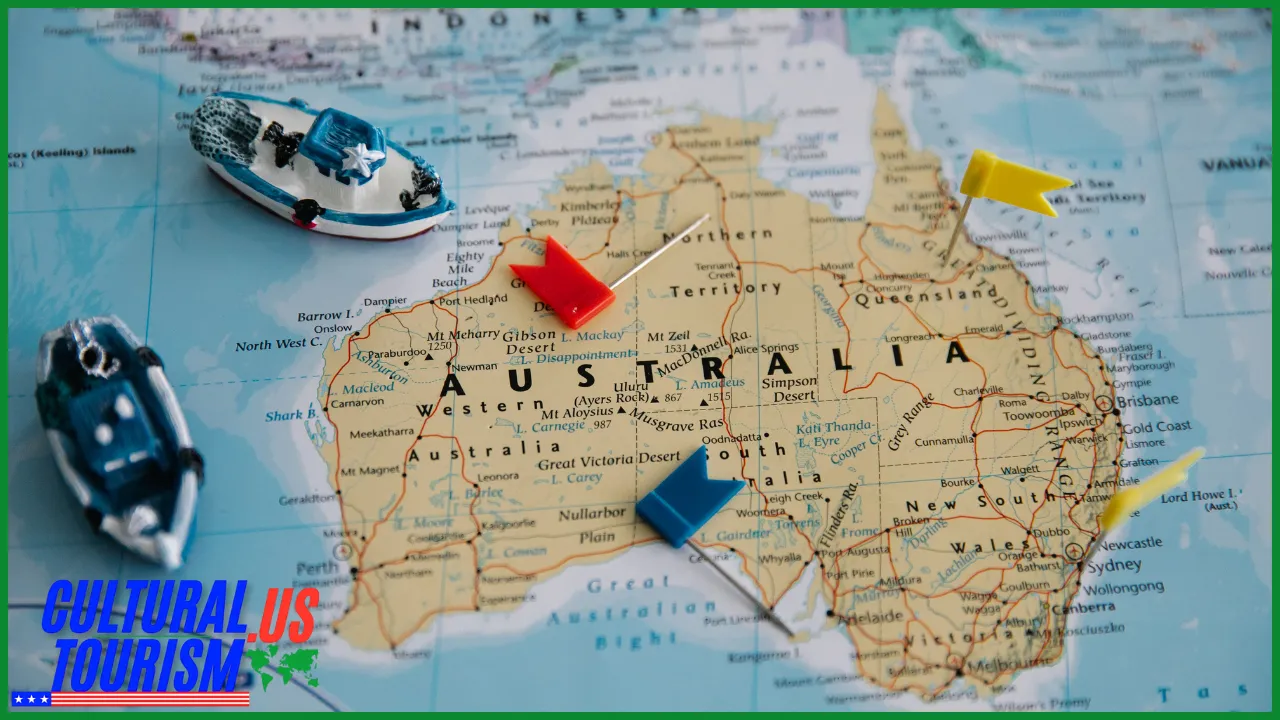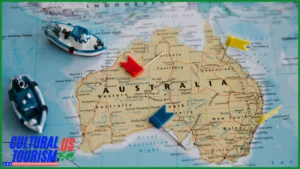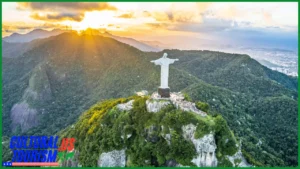Unveiling the Marvels of Kakadu National Park
Alright, folks! If you’re diving into this piece, you’re probably aware that Kakadu National Park is no ordinary patch of land. Nestled in the Northern Territory of Australia, this sprawling wonderland is like an adventure playground for nature lovers, history buffs, and anyone with a penchant for breathtaking scenery. From ancient rock art to diverse wildlife and stunning waterfalls, Kakadu is the equivalent of a buffet for the soul. So, let’s lace up those hiking boots and jump into this glorious Aussie treasure!
Factors That Make Kakadu a Must-Visit
Cultural Heritage
Kakadu is not just about Mother Nature flexing her muscles. This park is steeped in Aboriginal culture, home to over 20,000 years of Indigenous history. Seriously, it’s like walking through a living museum! You can find rock art in places like Nourlangie and Ubirr that tell stories of the land and its people.
Biodiversity Galore
- Wildlife: Spot kangaroos, wallabies, and maybe even some crocodiles (yikes!) basking in the sun. Just don’t get too close; safety first!
- Flora & Fauna: With over 1,700 plant species and 280 species of birds, the park is a paradise for birdwatchers. Bring your binoculars and get ready to channel your inner David Attenborough!
Stunning Landscapes
If you ever thought landscapes couldn’t take your breath away, think again! From vast wetlands to rocky escarpments, Kakadu has scenic views that’ll make your Instagram followers feel major envy. Let’s break it down:
| Feature | Description |
|---|---|
| Jim Jim Falls | A thunderous waterfall that’s perfect for a dip (if visiting in the right season). Get your camera ready for that selfie! |
| Yellow Water Billabong | Paddle through waters packed with vibrant wildlife. Just remember: crocs aren’t just a fashion statement here! |
| Nourlangie Rock | An ancient site with stunning Aboriginal art. A must-visit for those who love both history and beauty. |
Tips & Tricks for the Ultimate Experience
So, you’re pumped to visit? Let’s make sure you know how to get the most out of your trip.
- Best Time to Go: The dry season (May to October) is your friend. You’ll avoid heavy rains and can see all the sights without a swimming lesson on the side!
- What to Bring: Sunscreen, insect repellent, and a reusable water bottle. Hydration is key – you’re in the Outback, not a spa retreat!
- Local Snaps: When you’re at Ubirr, catch the sunset view. Travelers rave about it, and let’s be honest, it’s a photo op you can’t miss!
A Few Common Pitfalls to Dodge
Like any good adventure, it’s wise to avoid rookie mistakes. Here’s a heads-up:
- Don’t underestimate the weather. It can get toasty, so make sure you’re protected against the sun!
- Be aware of your surroundings. Wildlife is cool, but not when it’s eyeing you for dinner.
If you really want to step it up, consider a guided tour. Guides know the ins and outs and can share stories that’ll make your head spin! Plus, you’ll avoid the awkward ‘lost tourist’ moment.
Final Thoughts
Exploring Kakadu National Park isn’t just a trip; it’s an experience that stays with you forever. We’re talking about immersing yourself in nature, connecting with ancient cultures, and witnessing one of the world’s most unique ecosystems. So grab your gear, round up your travel buddies, and get ready for an adventure that will have you telling tales for years to come!
If this guide helped stoke your wanderlust, share it with your fellow adventurers! Everyone deserves to know where the magic happens!
Essential Tips Before You Explore Kakadu National Park
Before you set off on your Aussie adventure, let’s make sure you’re armed with some additional info that will make your trip smoother than a kangaroo’s hop! Here are the must-know details:
| Fact | Details |
|---|---|
| Currency | Australian Dollar (AUD) – Don’t forget to bring some cash. Credit cards are popular, but it’s nice to have some bills for snacks! |
| Time Zone | CST (Central Standard Time) or ACST (Australian Central Standard Time, UTC+9:30) – Don’t get caught napping; the sunrise can be breathtaking! |
| Climate | Tropical climate. Expect hot & humid, especially in wet season (November – April). Best to visit during dry season (May – October) |
| Transportation | Renting a 4WD vehicle is ideal for exploring remote areas. Bumpy roads ahead! |
| Mobile Connectivity | Coverage can be sketchy, so download maps and any necessary info beforehand – You don’t want to be «off-the-grid» when taking that epic selfie! |
Local Etiquette and Survival Hacks
Engaging with locals? Here’s how to fit in like a pro:
- Salutation: A friendly «G’day!» is a surefire way to make a good impression! It’s basically the Aussie version of a handshake .
- Wildlife Warning: Don’t feed the wildlife, even if that cute wallaby gives you the puppy eyes! They’d rather not have your snacks, thank you very much!
- Respect Indigenous Lands: Always show respect for the signage and guidelines at sacred sites. They’re not just there for decoration!
Health & Safety Tips
Staying safe while having fun is the name of the game! Here are a few reminders:
- Hydration is Key: Bring a refillable water bottle and drink like you just found an oasis in the desert!
- Sun Protection: Wear SPF 50+ and a wide-brimmed hat – you’re not just going for that “lobster” look in photos!
- Road Rules: Drive on the left side of the road – don’t let your GPS embarrass you by sending you into oncoming traffic!





